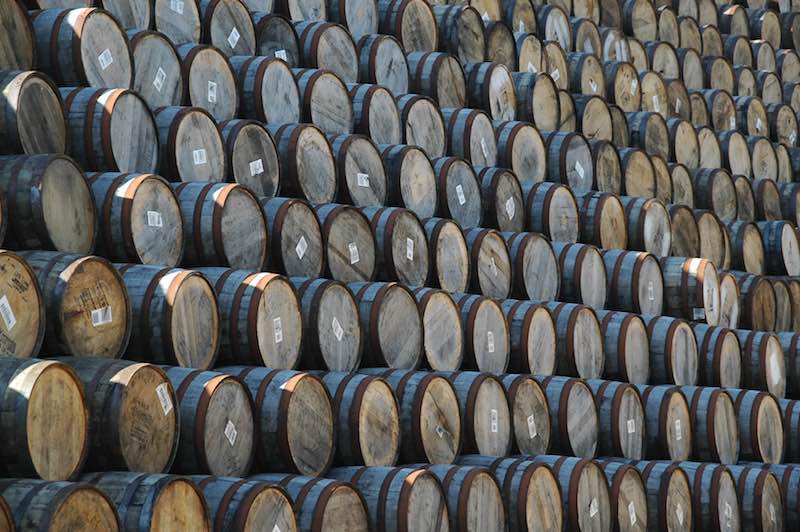A spirit must adhere to stringent legal requirements in order to be marketed as rye whiskey. The actual rye grain must make up at least 51% of the mash, also known as the starchy soup or wort that provides the sugars for fermentation. The remaining 49% of the bill typically consists of a mixture of malted barley, wheat, or corn.

The initial alcohol content of certified rye whiskey cannot exceed 160 proof(roughly 80% alcohol). The fermented wort’s sweet liquor is diluted down to no more than 125 proof, or 62.5 percent ABV after all that sweet liquor has been extracted. The liquid is then piped into brand-new, never-before-used oak barrels that have been charred, or burned to a crisp inside, and left to age.
Straight rye whiskey takes at least two years to mature, but many distilleries prefer to give it a little more time for a richer, more complex product. Additionally, it is essential to keep in mind that straight rye cannot be mixed with any other spirits during this procedure.
As stated, rye must contain 51% rye. Other grains are included in the remaining 49%. These grains typically include malted rye, malted barley, malted wheat, and corn in any combination. However, rice, oats, and other grains have been used in experiments by some distilleries. However, the proportions of rye, corn and malted barley typically amount to approximately 51% rye from large producers.
New charred-oak barrels are required for rye, just as they are for bourbon. This makes it possible for the barrel to impart more of its own flavors into the whiskey, including oak, caramel, and vanilla, as opposed to Scotch, which typically makes use of second-hand barrels.
